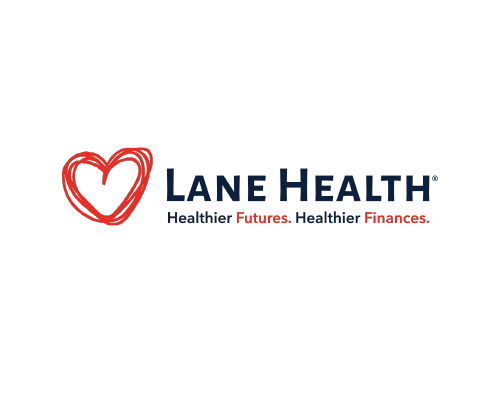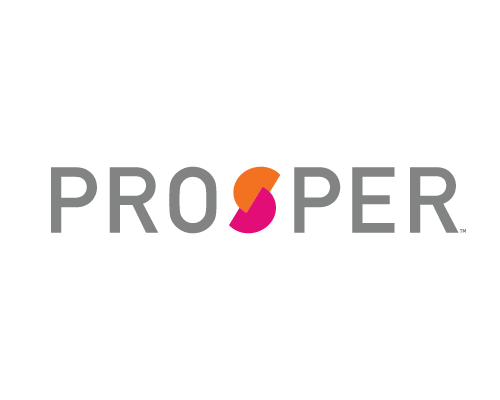Resources & Frequently Asked Questions
Explore our comprehensive resources and get answers to your most common questions about integrating neurofeedback into your practice. If you need more information, our team is here to help.
Working with Evoke | About Neuro Assessment | About Neurofeedback
General FAQs About Working with Evoke
What Does it Cost to Get Started?
Nothing. There is no upfront cost. You don’t pay us until your patient has paid you.
How Quickly Can We Get Started?
As soon as we have a signed agreement. Most providers are onboarded within a day, with virtual training completed in about an hour.
Do I Need to Be Certified in Neurofeedback?
No. Our certified neurofeedback specialists handle the training for your patients, allowing you to continue your practice without disruption.
Yes! You’ll receive regular progress reports to share with your patients, ensuring you always stay informed at every step of the journey.
No. We collaborate with you but do not offer counseling services directly.
FAQs About the Neuro Assessment
While standard EEGs detect seizures, the neuro assessment provides a detailed functional brain analysis to guide therapeutic interventions.
Yes, it’s completely painless and non-invasive.
The entire session typically takes about 10 minutes to complete.
Not usually, but avoiding certain over-the-counter medications and alcohol 24-48 hours prior to a session is generally recommended.
FAQs About Neurofeedback
Yes, it acts as a “road map” for creating personalized training protocols.
What Does a Typical Neurofeedback Session Look Like?
Sessions last about 20 minutes, during which patients watch a video while wearing neurofeedback sensors.
No, It enhances self-regulation without altering personality or interests.
How Soon Will Patients Notice Results?
While some patients may see changes after just 1-2 sessions, most will begin to notice improvements after 10 sessions.
Yes, with occasional maintenance sessions recommended annually.
Neurofeedback can support patients aged 6+ dealing with ADD/ADHD, anxiety, depression, PTSD, traumatic brain injury, insomnia, and more.
No major side effects have been reported, though some patients may initially feel slightly tired or experience mild headaches.
Does Insurance Cover Neurofeedback?
No, but you can accept HSA, FSA, and other financing options through medical credit cards.
Payment and Financing Options
We partner with the following financial services providers to help your patients access neurofeedback. We recommend the following:
Research and Resources
Explore scientific research about the efficacy of neurofeedback for addressing various conditions:
“The idea that the brain can change its own structure and function through thought and activity is, I believe, the most important alteration in our view of the brain since we first sketched out its basic anatomy and the working of its basic component, the neuron”
Norman Doidge, M.D.
Interested in offering neurofeedback for your patients? Please contact us!
Adding neurofeedback to your practice is easier than you think. Let’s discuss how Evoke can help you seamlessly integrate this service — so you can focus on your patients while we handle the rest.




